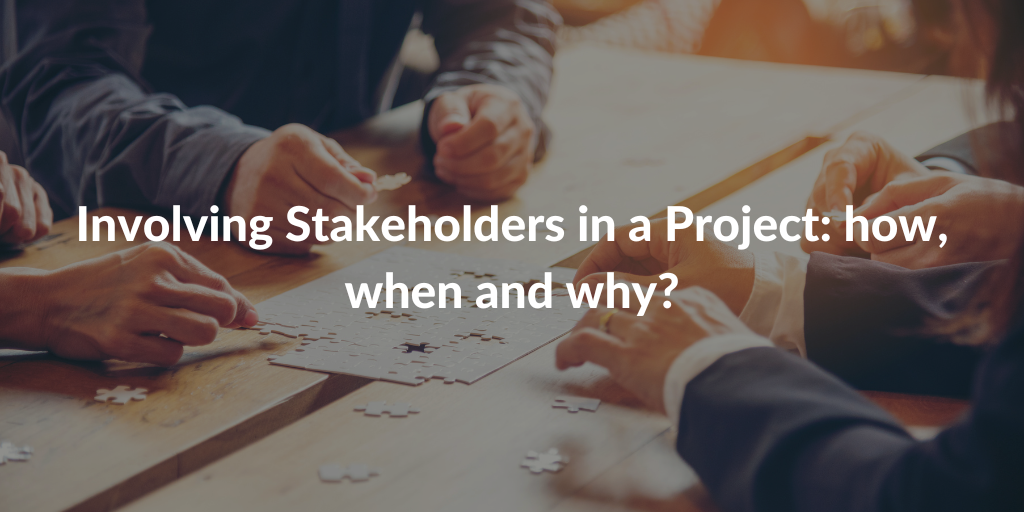Categories
Tags
Newsletter
Subscribe to the QRP International neswletter and get all the news on trends, useful contents and invitations to our upcoming events
Subscribe
Whatever the activity at hand, involving stakeholders could prove to be a crucial decision for the success of a project. Involving stakeholders is a way to achieve influence and positive results through effective relationship management, rather than limiting yourself to communication with your stakeholders.
A stakeholder is an individual, a group or organisation that can influence, be influenced or perceive itself to be influenced by a change programme.
Stakeholders can be divided into two macro-categories: internal and external stakeholders. Internal stakeholders are those who work within the organisation while external stakeholders are all those who are affected by the project or its results, even though they are not part of the organisation.
Also read: ITIL4 Stakeholders
Compared to communication alone, involving stakeholders is a more fruitful and interesting activity for both parties.
Communication is part of involving stakeholders who can thus become part of the decision-making and implementation processes while remaining up-to-date. In this way you can avoid delays that are caused by approval procedures or misunderstandings.
The main elements to be considered in the process of involving and communicating with stakeholders in a project are:
The objectives related to stakeholder involvement within project work are:
It is the stakeholders who authorise and enable change actions at every level, which is why it is so important to put in place processes that involve them. This makes it possible to proceed more quickly, ensuring fewer delays and fewer errors by concluding the project on time and according to established quality standards.
In order to establish a successful relationship, the how to is also crucial. In order to involve stakeholders effectively, it is necessary to:
In a project, stakeholders have great power to influence the way the project is planned and implemented. Obviously, the more stakeholders are involved, the more influence they have. This is also why you should be able to mitigate all inputs received and try to balance the different influences as best as possible.
By involving stakeholders, the relationship with each stakeholder should be managed, as this undergoes changes according to the type of stakeholder, the context of the project and the nature of all parties involved.
The stakeholders should be involved from the very beginning of the project.
If you want to involve stakeholders more than just communicating decisions with them and asking for approval and advice, you need to give them all the tools they need to be able to participate in the decision-making process right from the start.
This will also make it easier to establish relationships and work procedures before hectic or problematic phases of project work.
Involving stakeholders is a way to achieve influence and positive results through effective relationship management.
If you want to read the first-hand experience of a professional, read our interview with Raffaele Albertini: ITIL and customer satisfaction – Interview with Raffaele Albertini